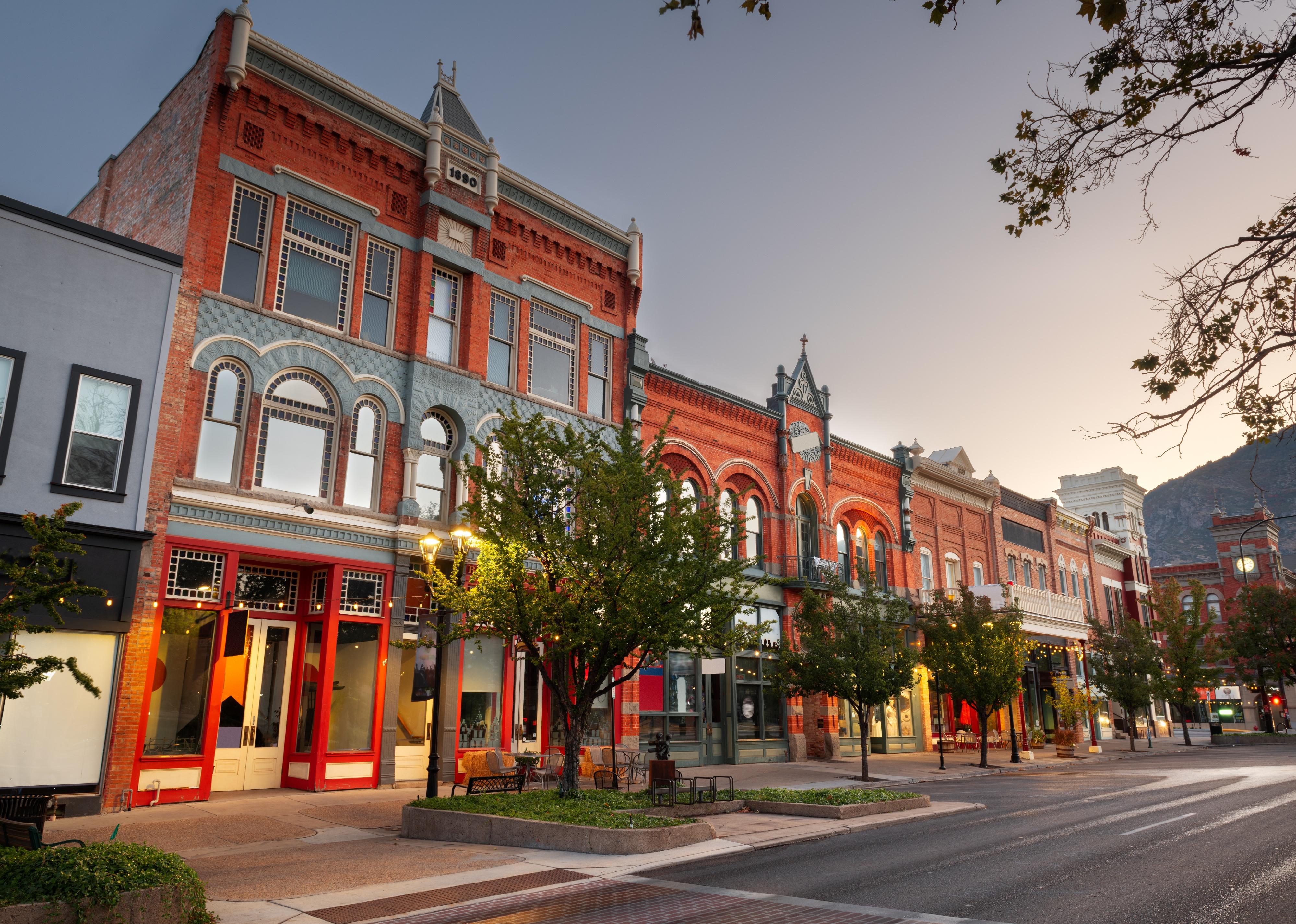
The 15 metros most popular among young homeowners
This story originally appeared on NashvillesMLS and was produced and distributed in partnership with Stacker Studio.
The 15 metros most popular among young homeowners
In sharp contrast with the generations that have come before them, many millennials are finding that owning a home is simply out of the question. There are several reasons for this—none of which have anything to do with buying avocado toast or a daily latte—including stagnant wages and rocketing home prices, larger amounts of student debt, obstacles to building credit, and rising mortgage rates. As a result, homeownership rates for millennials are 8% lower than they were for Gen Xers and baby boomers at the same age.
However, for those serious about owning a home—and willing to move to a more affordable part of the country to do so—there are a handful of places where breaking into the housing market is considerably easier. NashvillesMLS.com examined homeownership data from the U.S. Census Bureau to determine which metro areas have the highest share of homeowners under the age of 35. According to the U.S. Census Bureau, people under the age of 35 make up about 10% of all homeowners in the country. These metro areas include the main cities listed as well as the surrounding towns and suburbs.
Notably, many of the areas on this list include military towns. Veterans and members of the U.S. military have higher homeownership rates in general compared to the civilian population. According to research from the Urban Institute, this is largely because of access and education from VA loans as well as military bases providing stable employment opportunities for residents.
So without further ado, here is a closer look at why these metros are so popular among millennial homeowners.
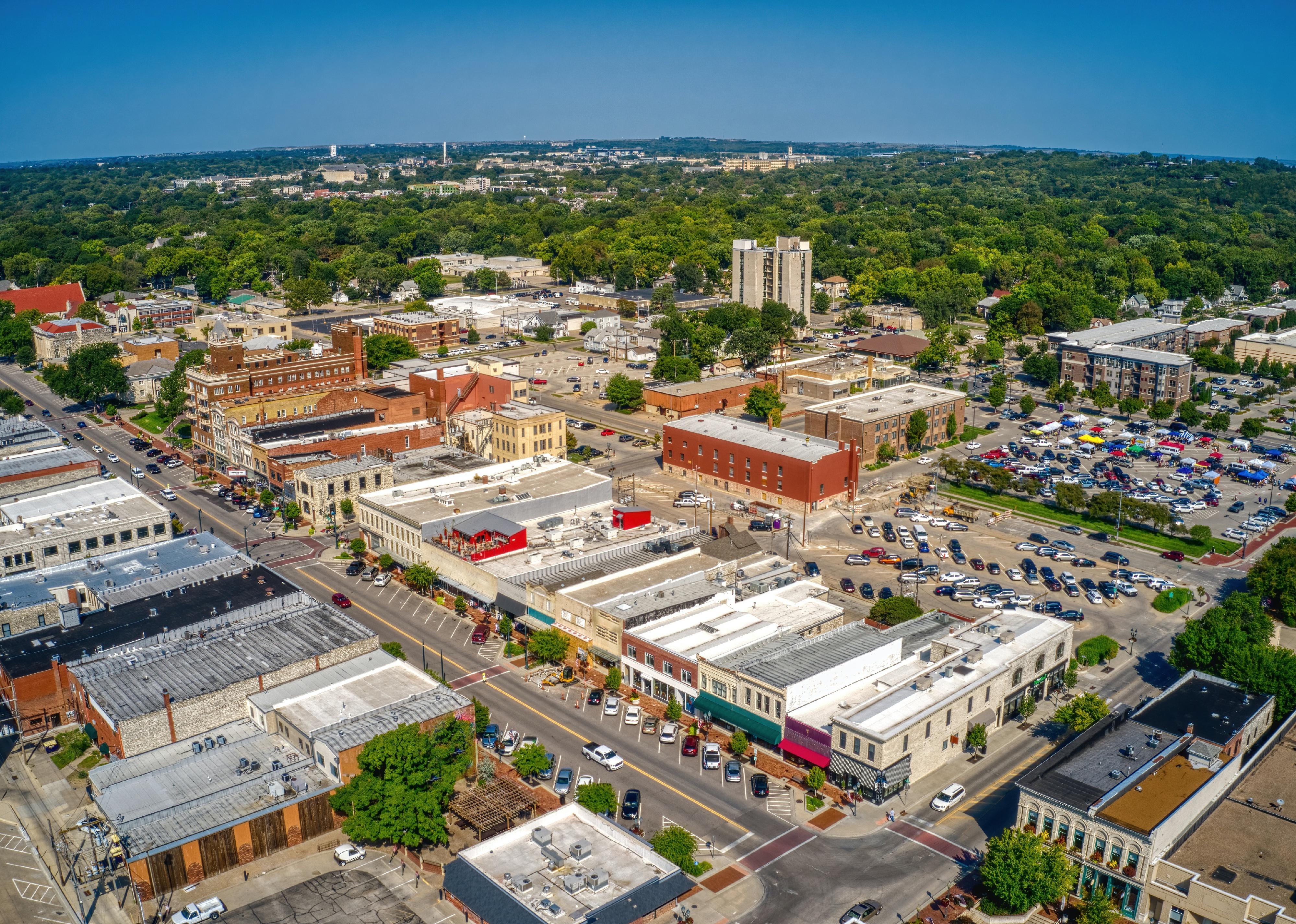
#15. Manhattan, Kansas
- Total owner-occupied housing units: 23,860
- Share of homeowners under 35: 15.50%
Nicknamed the "Little Apple," Manhattan, Kansas, might not be quite as metropolitan as its Northeast counterpart, but it is much more affordable for young homeowners. Host to Kansas State University's primary campus, the city has a college-town feel and a thriving economy thanks to the hundreds of jobs the institution provides. With the Department of Homeland Security's National Bio and Agro-Defense facility set to open there later in 2022, bringing plenty of jobs, the city seems poised to only continue growing in popularity amongst young folks looking to buy their first home.
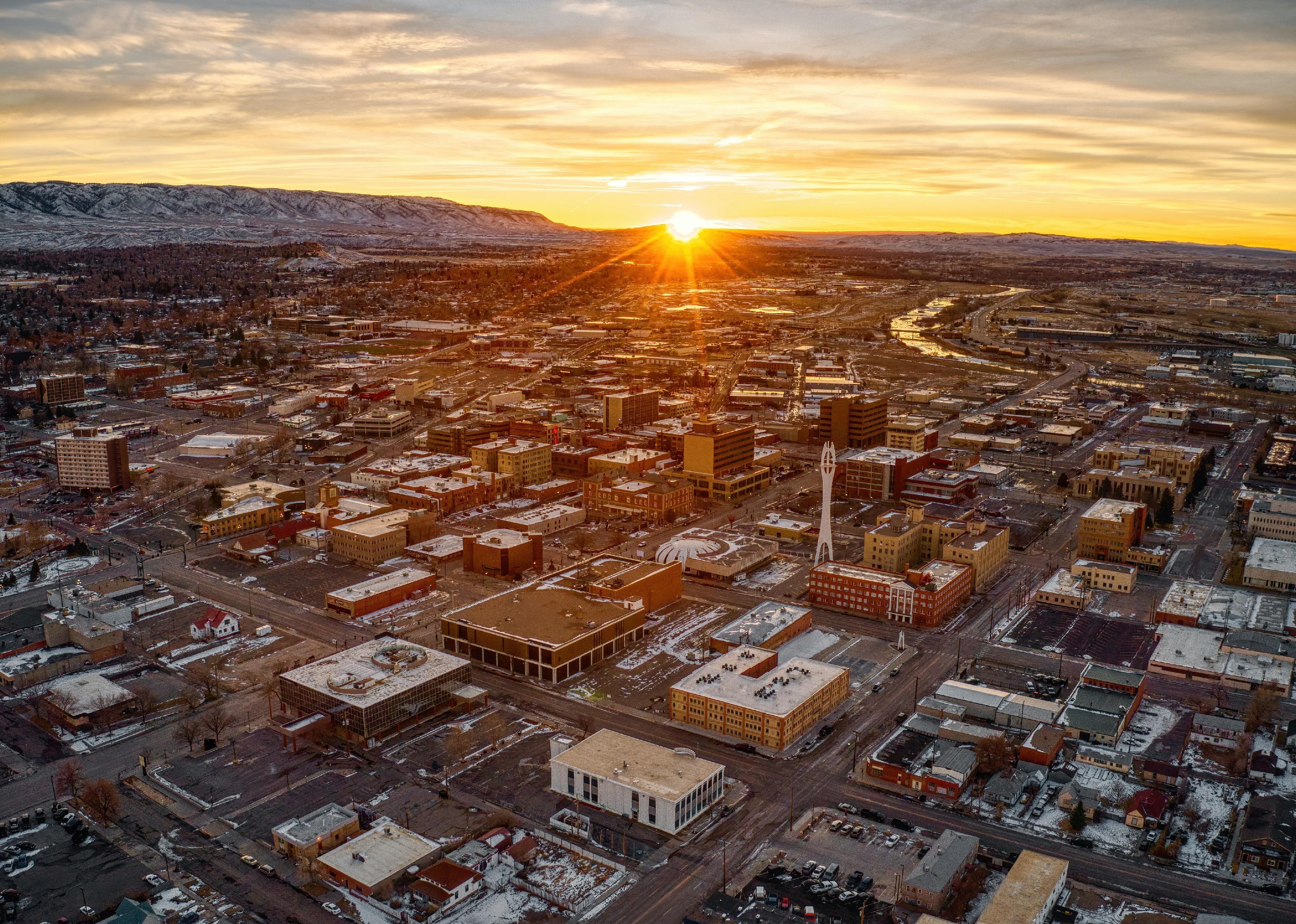
#14. Casper, Wyoming
- Total owner-occupied housing units: 23,220
- Share of homeowners under 35: 15.87%
The second-largest city in all of Wyoming, Casper has maintained its cowboy feel well into the 21st century. Picturesque and quaint with a thriving downtown area, the 60,000-person town is home to the University of Wyoming and a lucrative oil industry. The development of wind farms and uranium fields—in addition to the Powder River Basin coal seams—has also done a lot to grow Casper's economy, establishing it as a major energy hub. The combination of secure, well-paying jobs and a lower cost of living make it a popular metro for young homeowners.

#13. Ogden, Utah
- Total owner-occupied housing units: 163,516
- Share of homeowners under 35: 16.04%
Closing in on 90,000 people, Ogden, Utah, is just 40 miles down the road from Salt Lake City. The Western city is best known for its ample outdoor recreational activities, the large IRS office that is the largest employer in the area, and its three institutes of higher learning—Weber State University, Stevens-Henager College, and Ogden-Weber Applied Technology College. Folks looking for a good work-life balance and a low cost of living would do well to check this Intermountain West destination out.
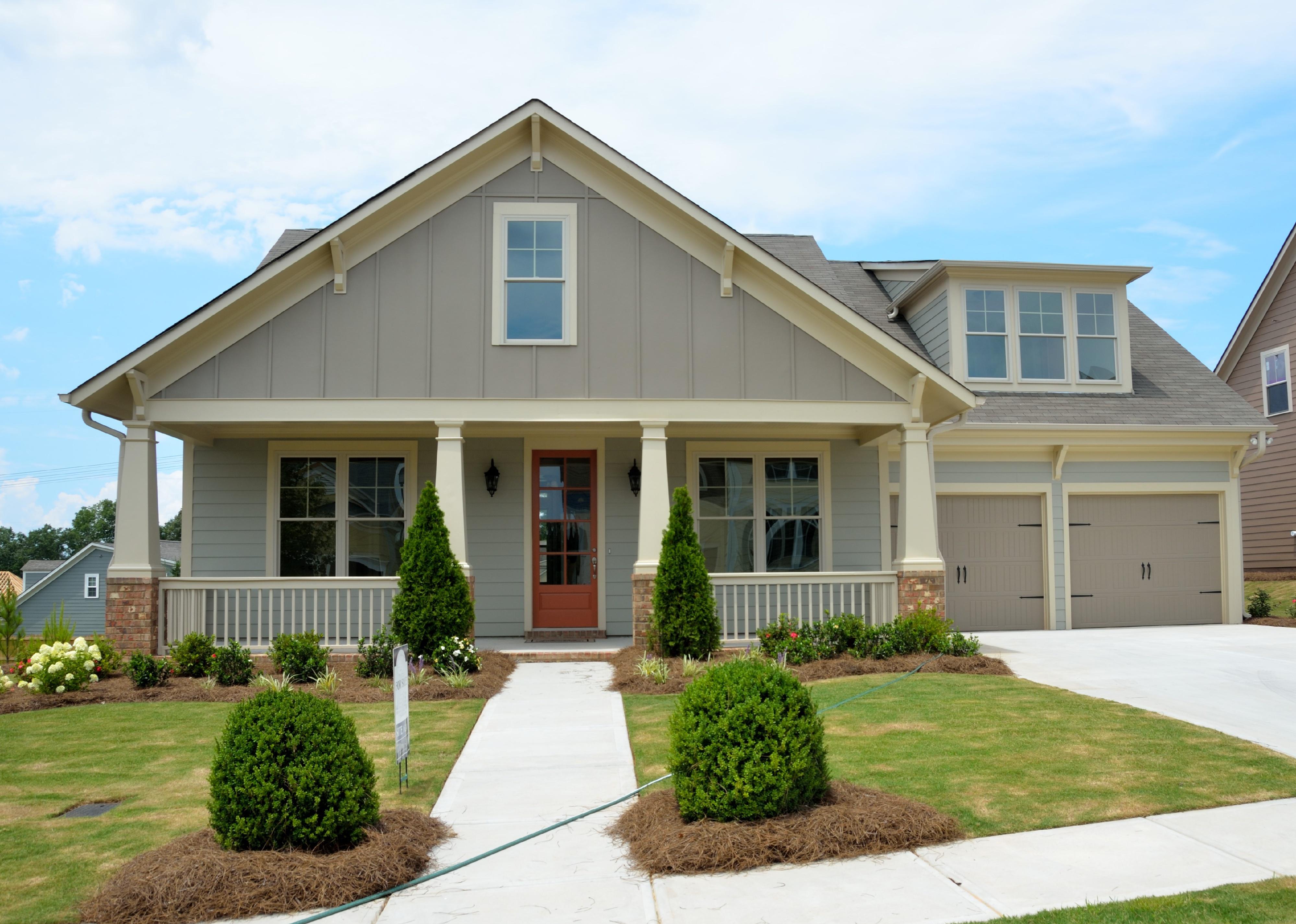
#12. Hinesville, Georgia
- Total owner-occupied housing units: 14,827
- Share of homeowners under 35: 16.12%
Hinesville, Georgia, is home to Fort Stewart, the biggest U.S. Army base found east of the Mississippi River. Many folks who move to the city do so because they have military ties, though plenty of others are drawn to its low cost of living and sense of Southern hospitality. Located close to the Atlantic Ocean, Hinesville also benefits from a year-round mild climate, making it an ideal hometown for folks looking to do away with long, cold winters.
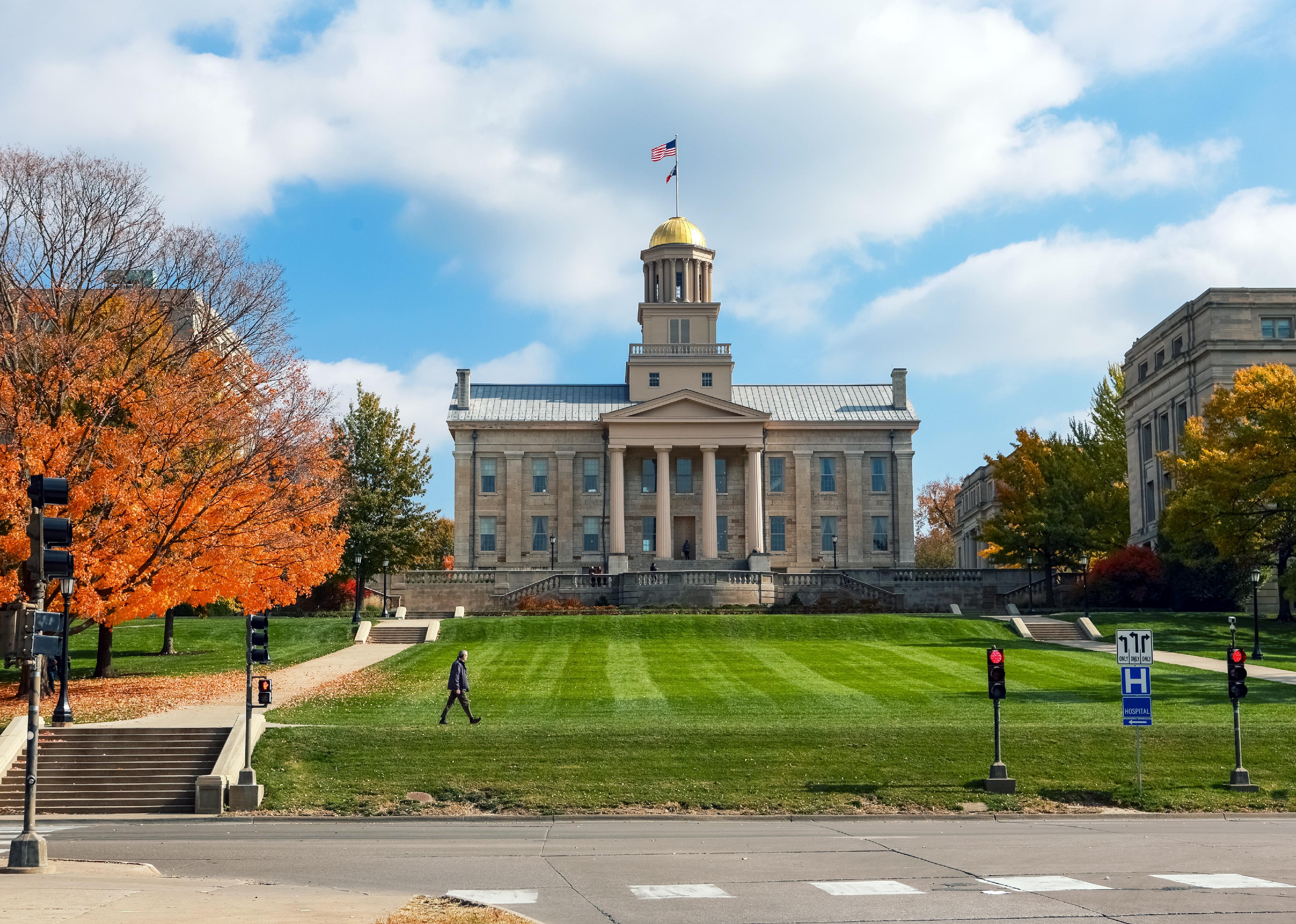
#11. Iowa City, Iowa
- Total owner-occupied housing units: 41,512
- Share of homeowners under 35: 16.41%
While no city is perfect, Iowa City comes quite close. Home to the University of Iowa, a major employer and well-regarded institute of higher education, the town has an incredibly low cost of living and median home price. Crime rates are low, there is easy access to outdoor recreational activities, and quite a bit of vibrancy thanks to the college town atmosphere. Toss in a thriving economy and a highly educated population, and you're looking at a great place to put down some roots and buy a home.
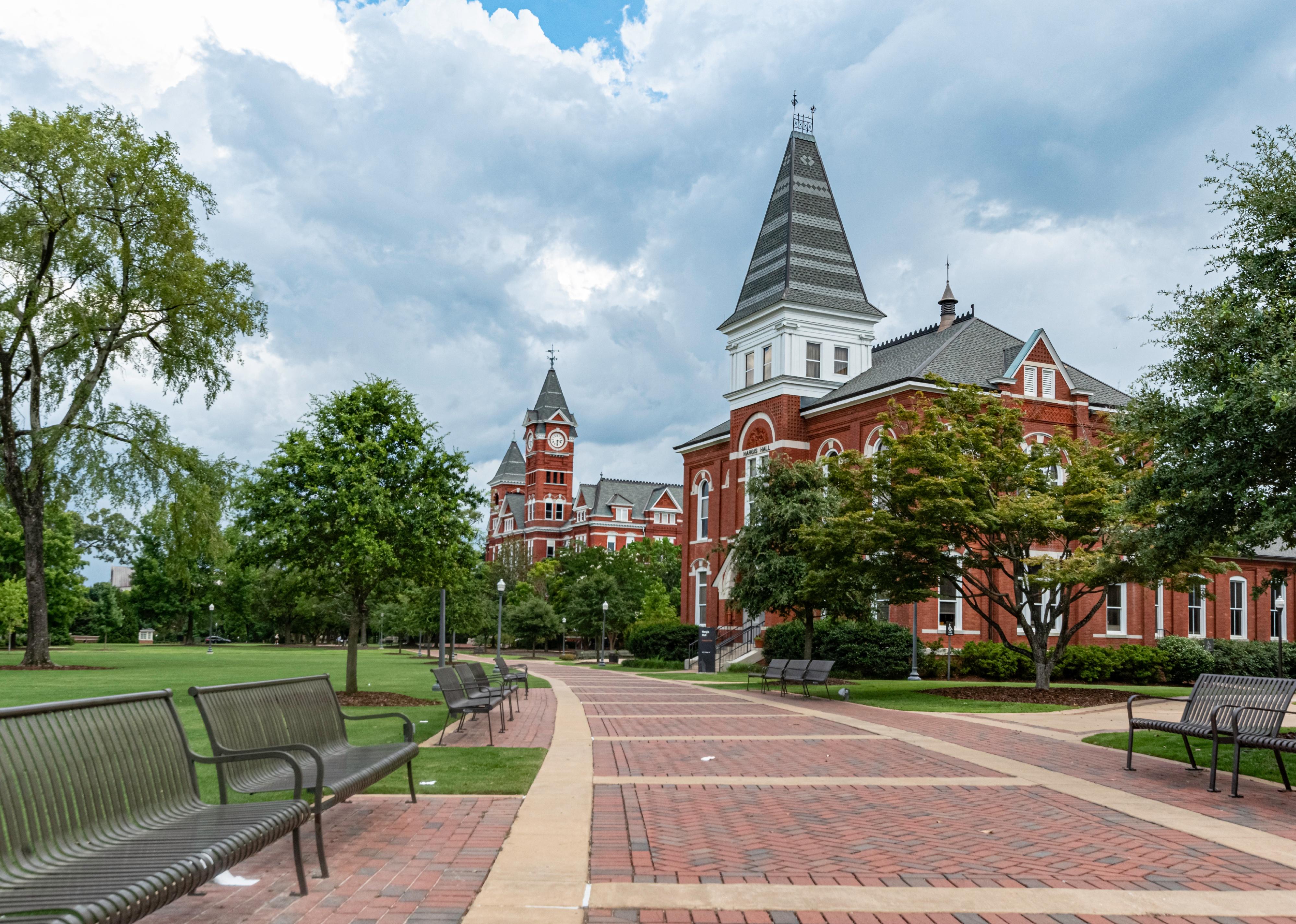
#10. Auburn, Alabama
- Total owner-occupied housing units: 38,483
- Share of homeowners under 35: 16.56%
Life in Auburn, Alabama, centers around the university, the city's largest employer. Outside of the SEC football powerhouse university, many residents work in technology manufacturing by day and bask in the beauty of the Appalachian foothills and Chewacla State Park by night. A low unemployment rate and low cost of living allow plenty of people to purchase homes in the metro area, despite that not being the case in other parts of the country.
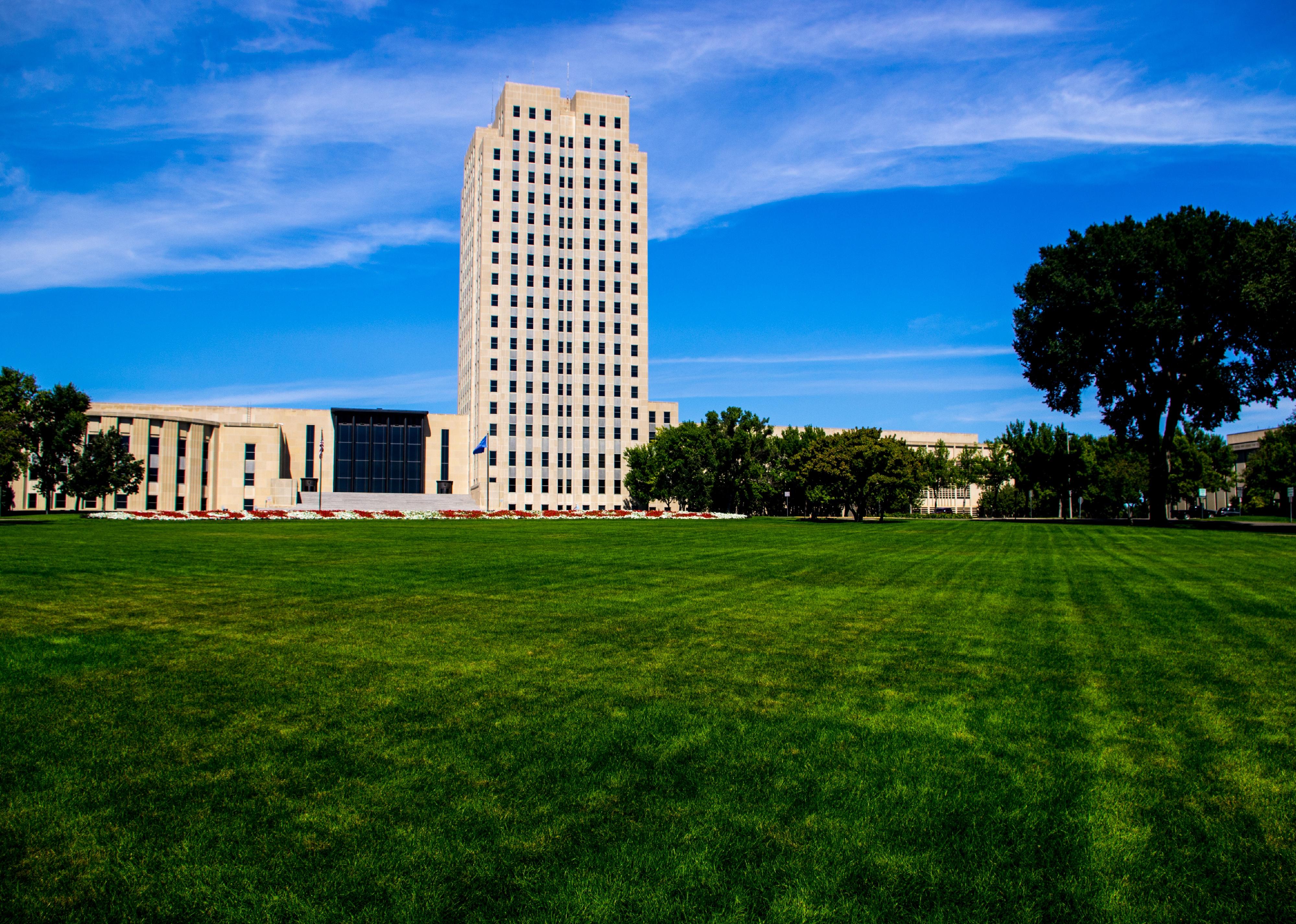
#9. Bismarck, North Dakota
- Total owner-occupied housing units: 38,041
- Share of homeowners under 35: 16.86%
The capital of North Dakota, Bismarck is one of the state's most rapidly growing cities. Its proximity to the University of Mary and Bismarck State College helps to attract plenty of new residents each year, as does its low cost of living and low crime rates. The city is currently undergoing a labor shortage as it struggles to keep up with the number of new businesses that have popped up over recent years—which is great news for locals looking to secure a stable job to help make those monthly mortgage payments.
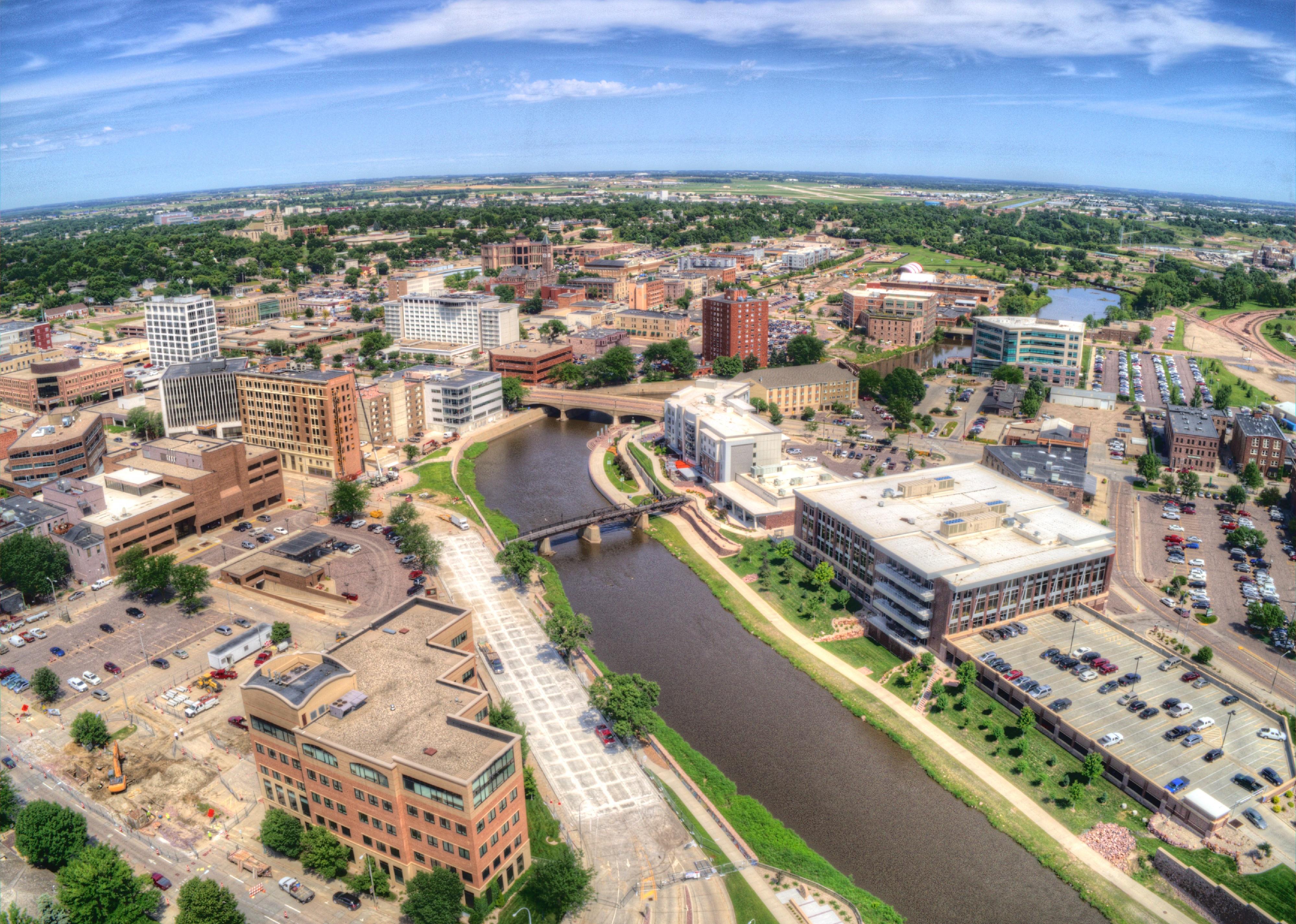
#8. Sioux Falls, South Dakota
- Total owner-occupied housing units: 69,174
- Share of homeowners under 35: 17.35%
The largest city in South Dakota, Sioux Falls is the state's cultural and economic center. With no income tax laws, the city is home to the headquarters for many major companies like Wells Fargo and Citigroup, which provide an enormous number of stable, well-paying jobs. Additionally, median home prices in the area are a whopping 21% below the national average, making obtaining a first-time mortgage far more feasible.
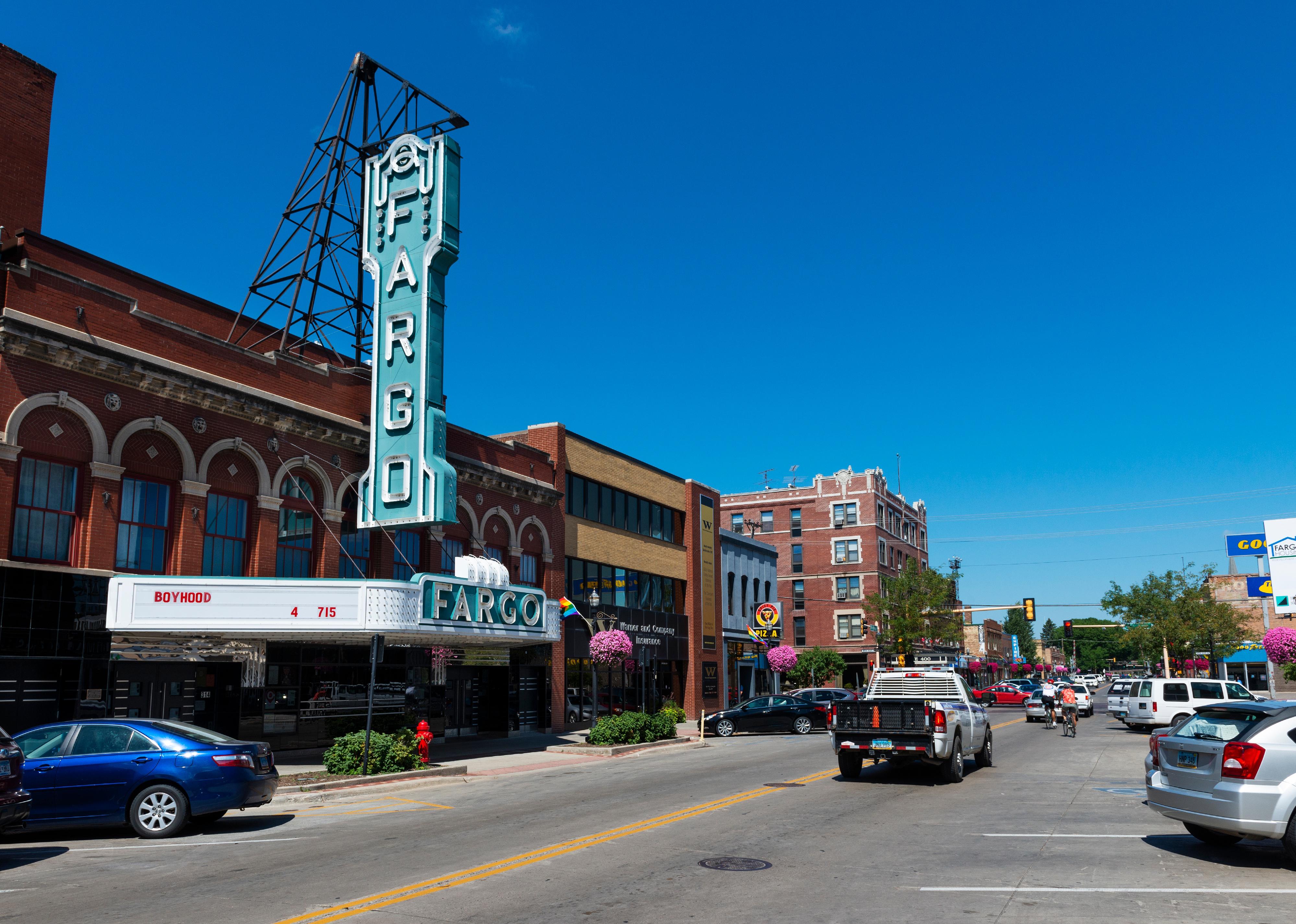
#7. Fargo, North Dakota
- Total owner-occupied housing units: 56,879
- Share of homeowners under 35: 17.74%
Another city with median home prices well below the national average—this time 28% below— Fargo, North Dakota, is an excellent place for first-time homeowners to put down roots. Home to North Dakota State University, the town has a ton of cultural opportunities for being so small. To top it all off, the cost of living in Fargo is lower than average, as is the unemployment rate.
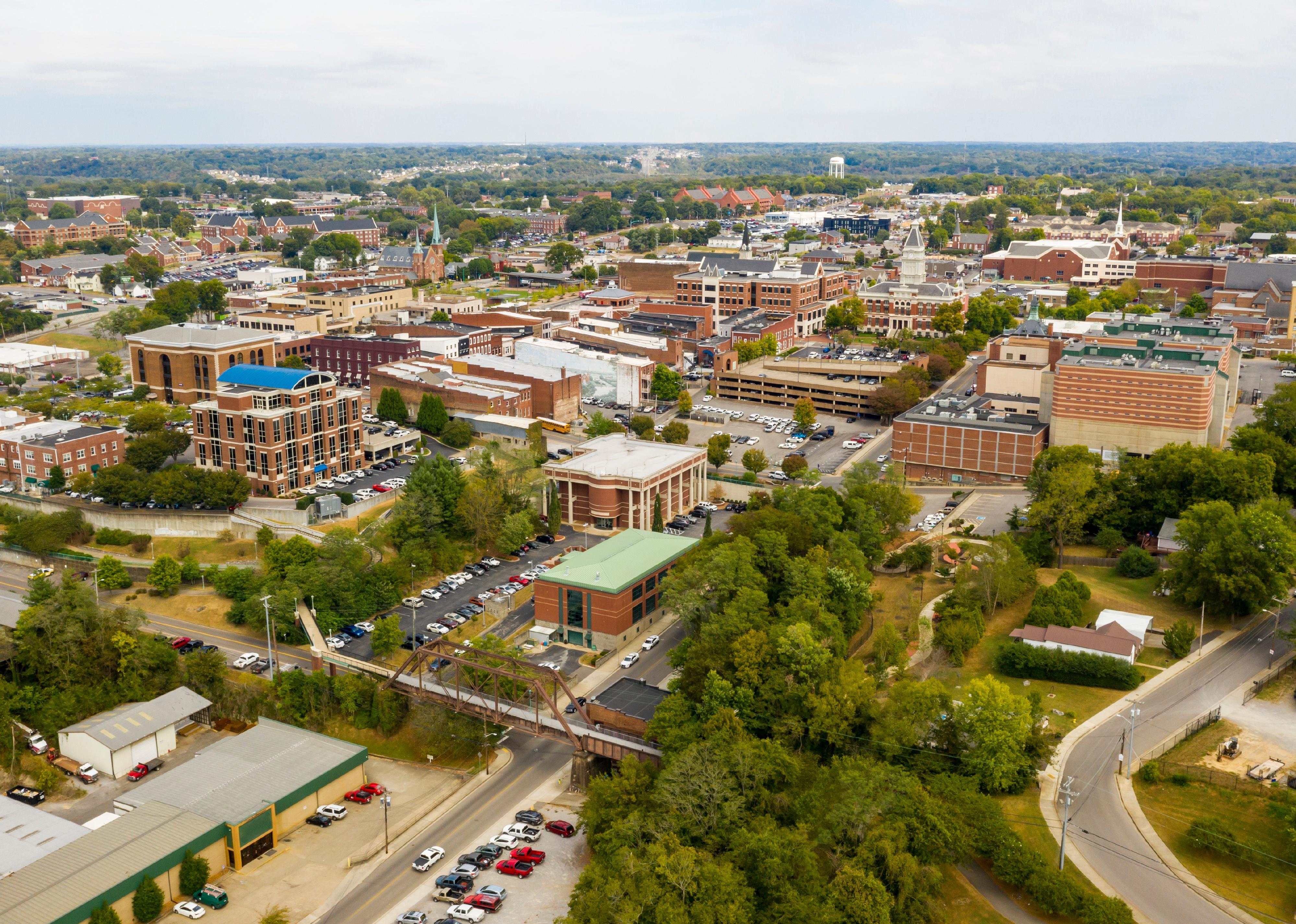
#6. Clarksville, Tennessee
- Total owner-occupied housing units: 66,302
- Share of homeowners under 35: 17.75%
Just 10 miles from the heart of Clarksville, Tennessee, lies Fort Campbell, home to the Army's WWII-renowned 101st Airborne Division. Many residents in the patriotic city are employed at the base, though Austin Peay State University is another major local employer. With a low cost of living and a highly educated population, Clarksville is poised to see quite a bit of growth in the near future, meaning homeowners are likely to see their home values rise quite steadily.
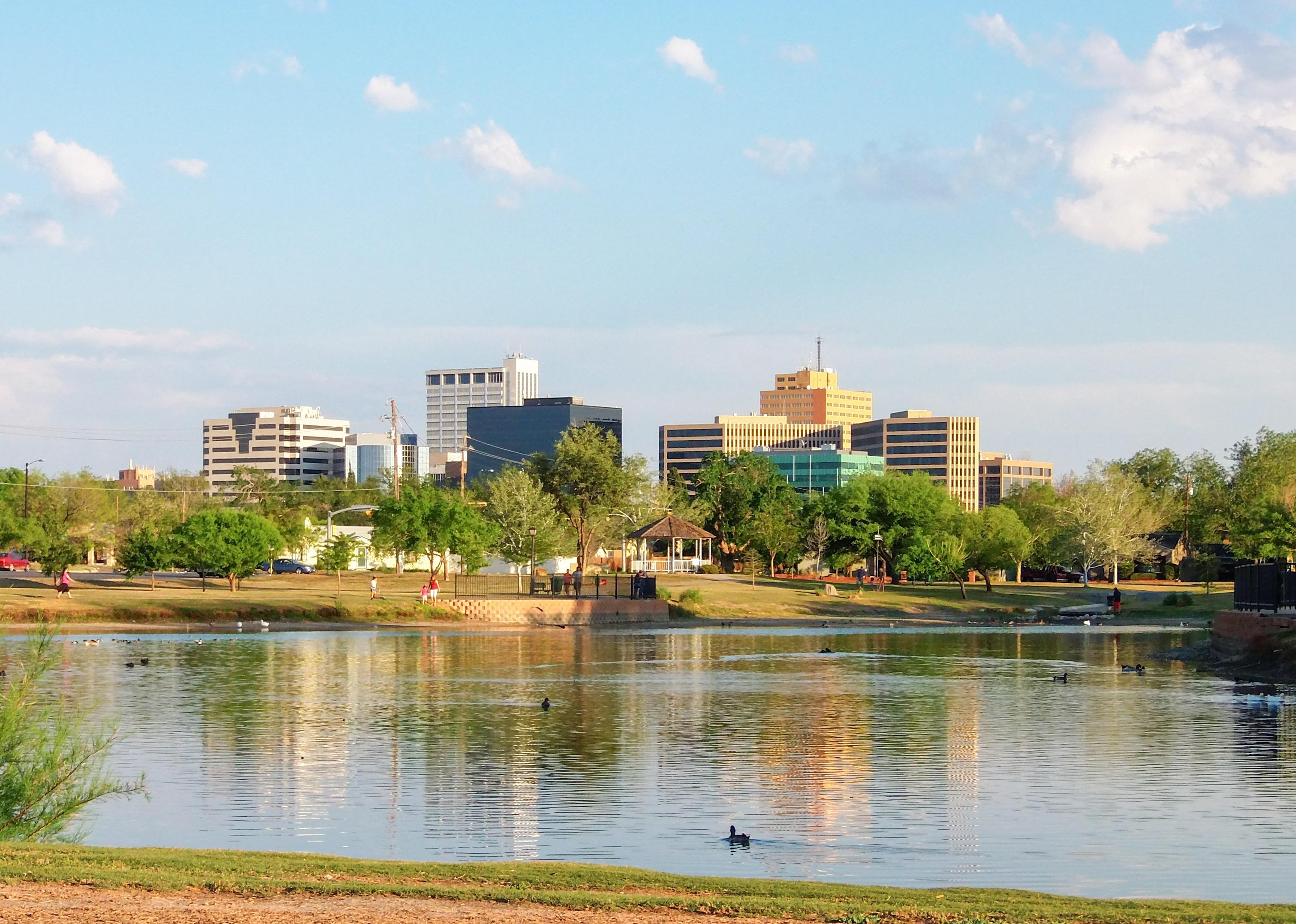
#5. Midland, Texas
- Total owner-occupied housing units: 39,845
- Share of homeowners under 35: 18.03%
Midland, Texas, is best known for its role in natural gas production. Part of the larger Permian Basin, the region produced 15% of the country's crude oil in 2020. Petroleum exploration and extraction is the area's largest industry, and as prices for those resources go up, so does Midland's economy and jobs market.
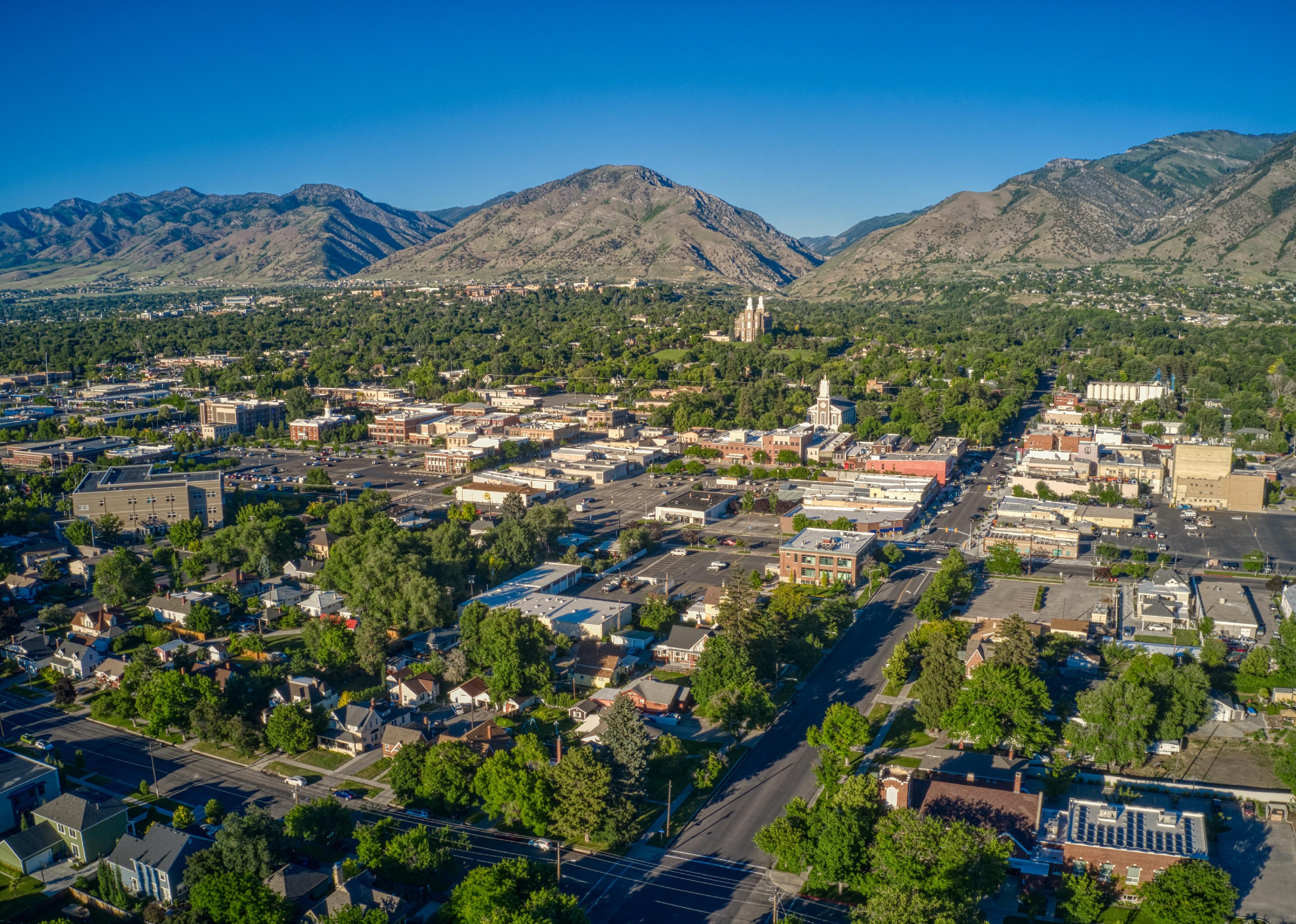
#4. Logan, Utah
- Total owner-occupied housing units: 28,485
- Share of homeowners under 35: 18.03%
With the third-lowest unemployment rate in the country as of July 2022, Logan, Utah, is a safe bet when it comes to taking out a mortgage. The region's largest employer is Utah State University, with the manufacturing industry coming in a close second. Set to double in population by 2050, there's a possibility the area will be less affordable in years to come. But for now, the current cost of living is 6% below the national average.

#3. Odessa, Texas
- Total owner-occupied housing units: 35,106
- Share of homeowners under 35: 18.91%
Like Midland, Odessa, Texas, is fairly reliant on the oil and energy industries for its economy. However, unlike Midland, the city has made a concerted effort to branch out beyond natural gas, exploring wind, clean coal, and nuclear energy industries. The city is home to Odessa College, The University of Texas of the Permian Basin, and Texas Tech University Health Sciences Center. The cost of living is also significantly lower in Odessa than it is in Midland, and residents can say that they've shared the same zip code as former presidents George H.W. Bush and George W. Bush.
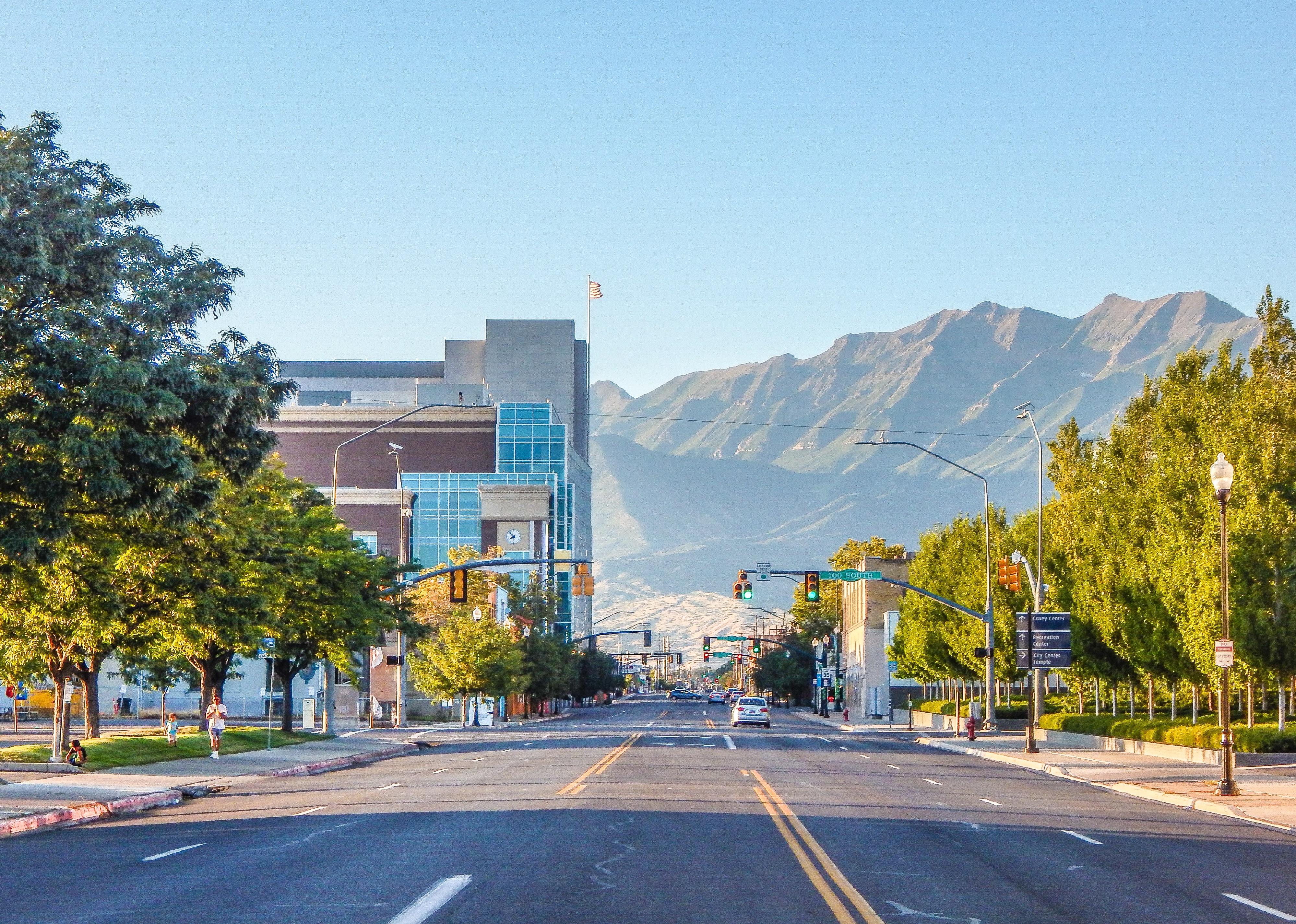
#2. Provo, Utah
- Total owner-occupied housing units: 119,454
- Share of homeowners under 35: 19.25%
Dubbed "the most conservative city in the United States," Provo, Utah, is home to Brigham Young University and the largest Mormon missionary training center. Plenty of BYU grads have made the city their permanent home, with many founding billion-dollar tech companies in the area. Job growth in the area is consistently positive, as is the increase in household incomes. To top it all off, Provo is a dream city for outdoor enthusiasts, who can enjoy Utah Lake and the nearby Wasatch Mountains.
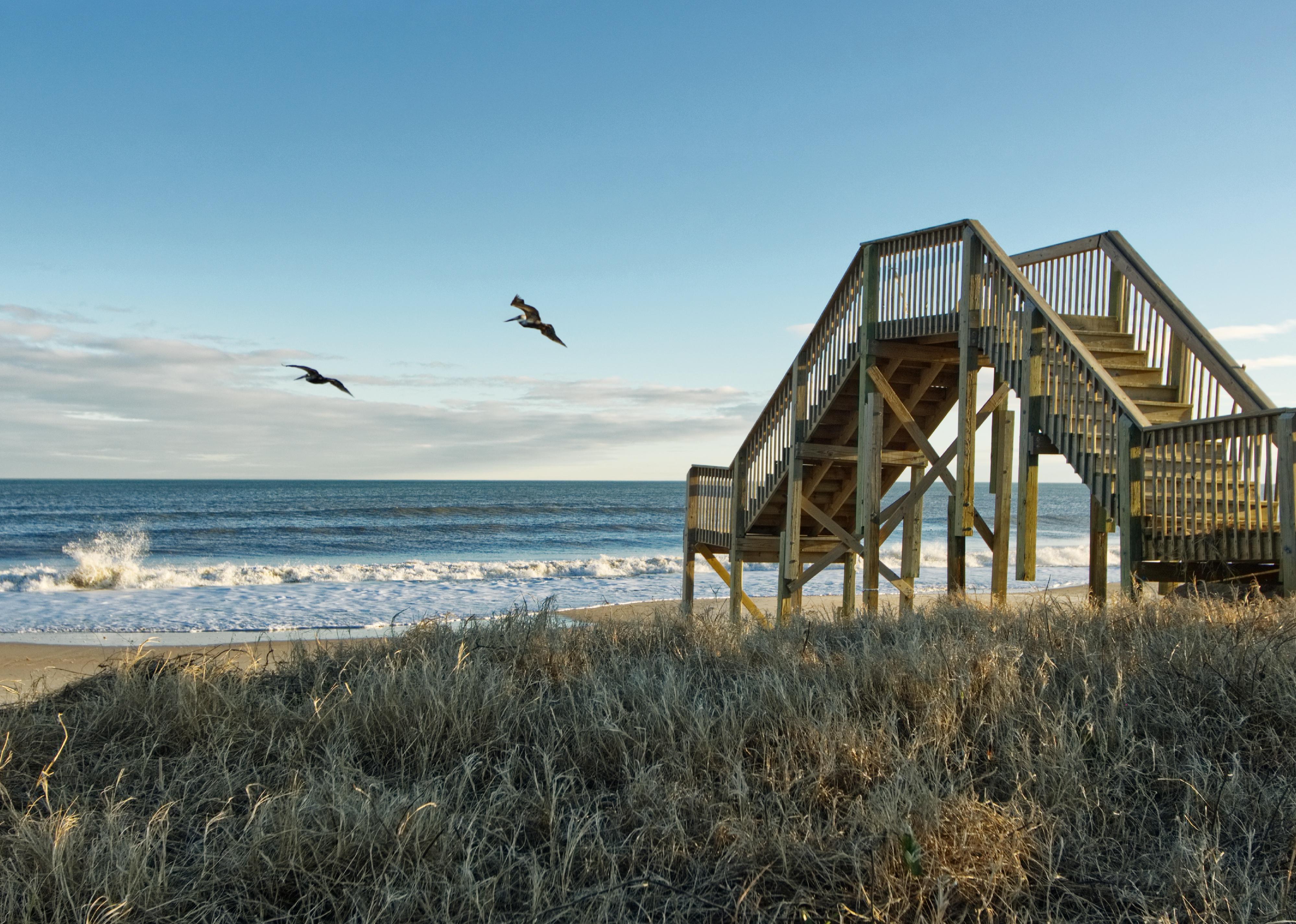
#1. Jacksonville, North Carolina
- Total owner-occupied housing units: 35,858
- Share of homeowners under 35: 25.92%
Jacksonville, North Carolina, is home to the Marine Corps Base Camp Lejeune as well as the Marine Corps Air Station New River. The vast majority of locals are employed by the military or have military ties. Due to the nature of that work, the population can vary pretty wildly year over year. However, a low cost of living and a decent median home price makes the area attractive, even to newcomers who know that neighbors may come and go.



